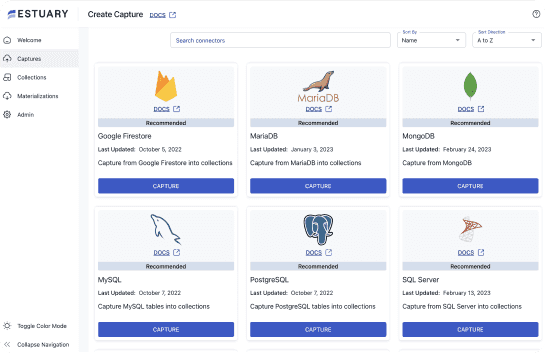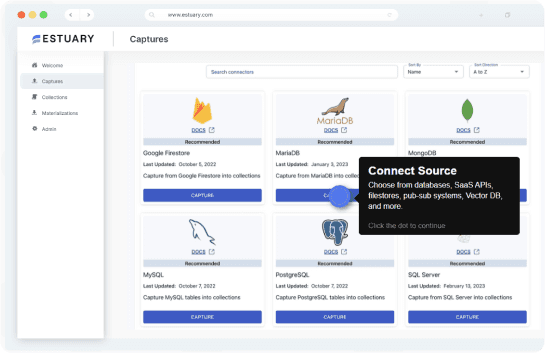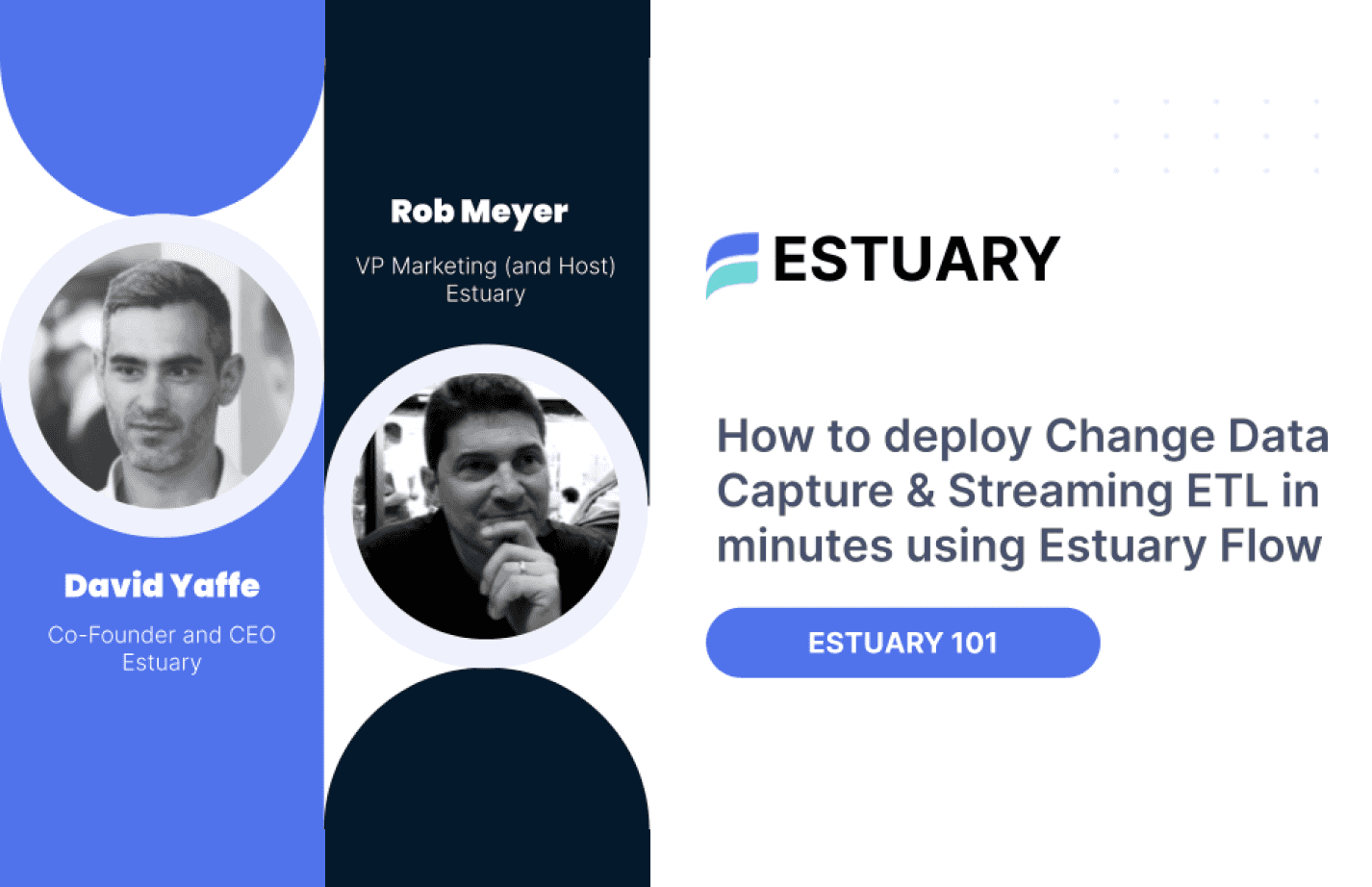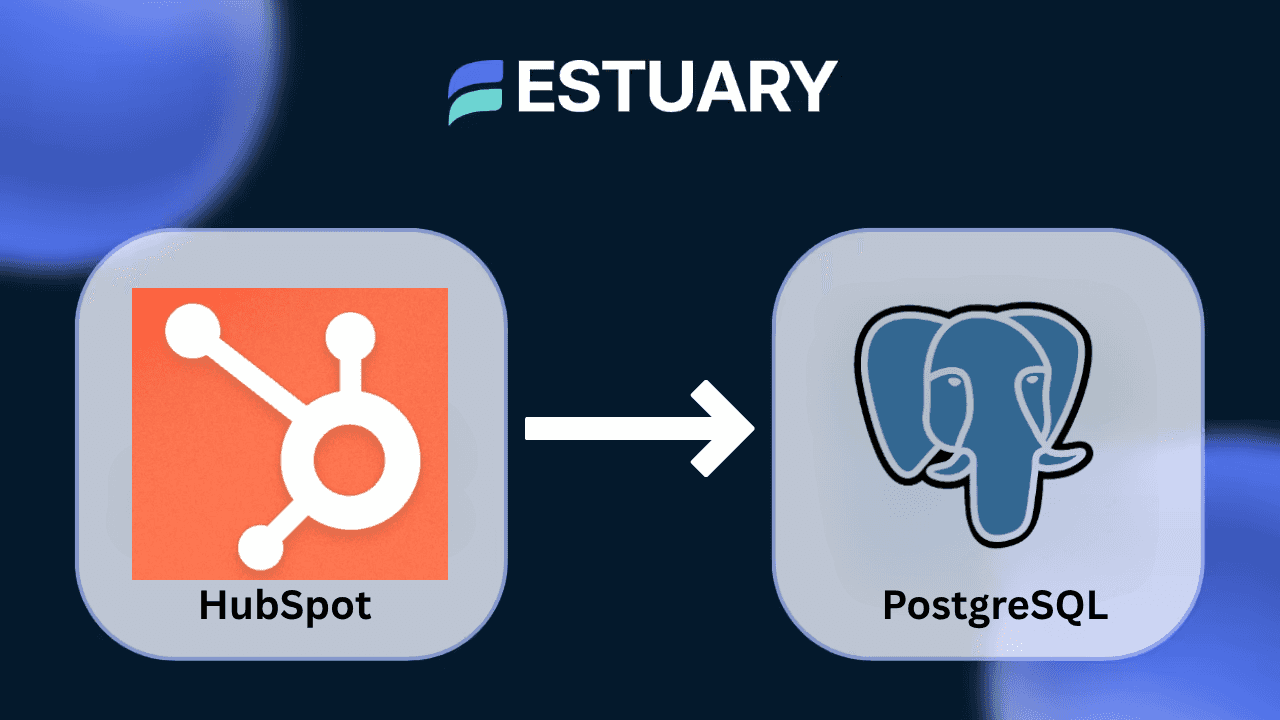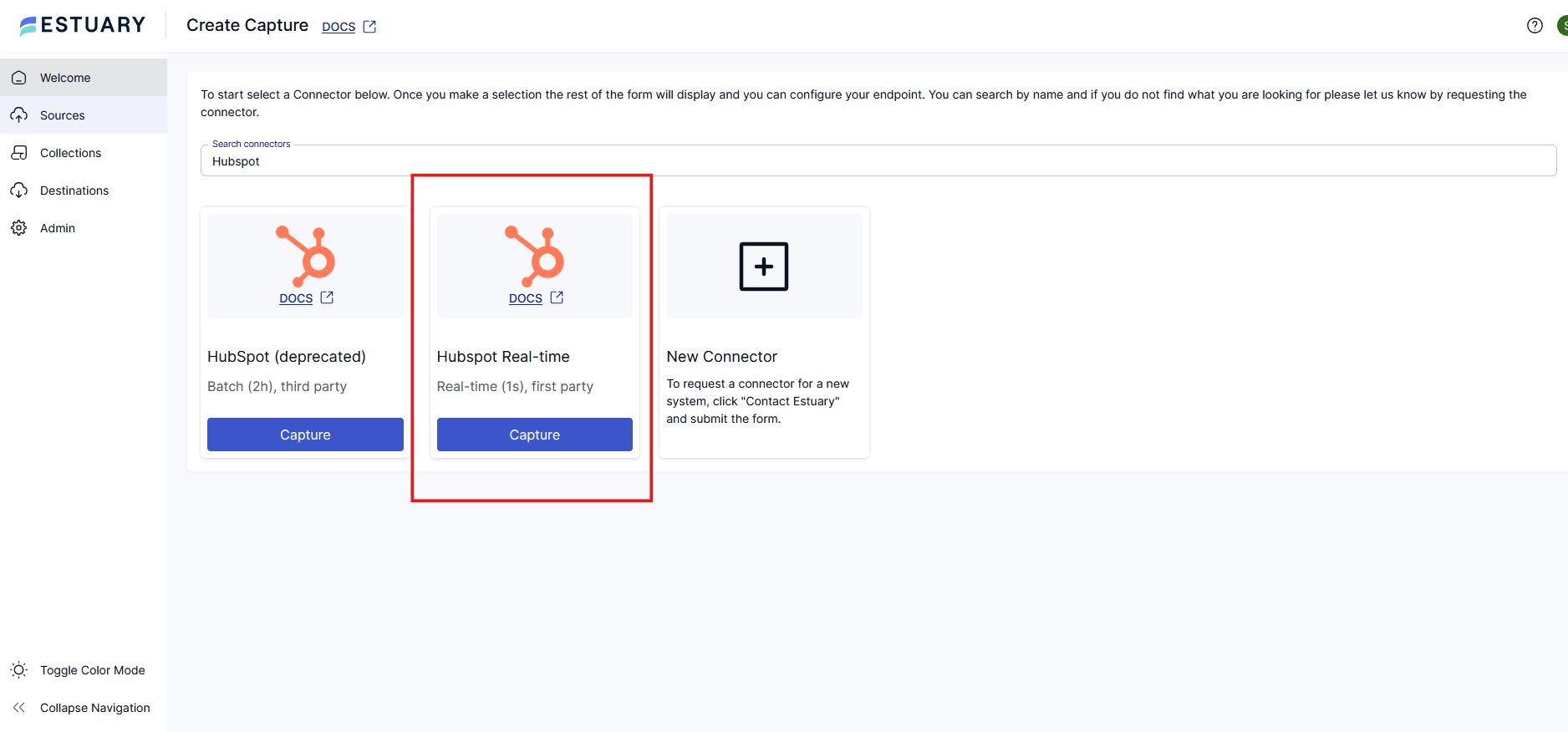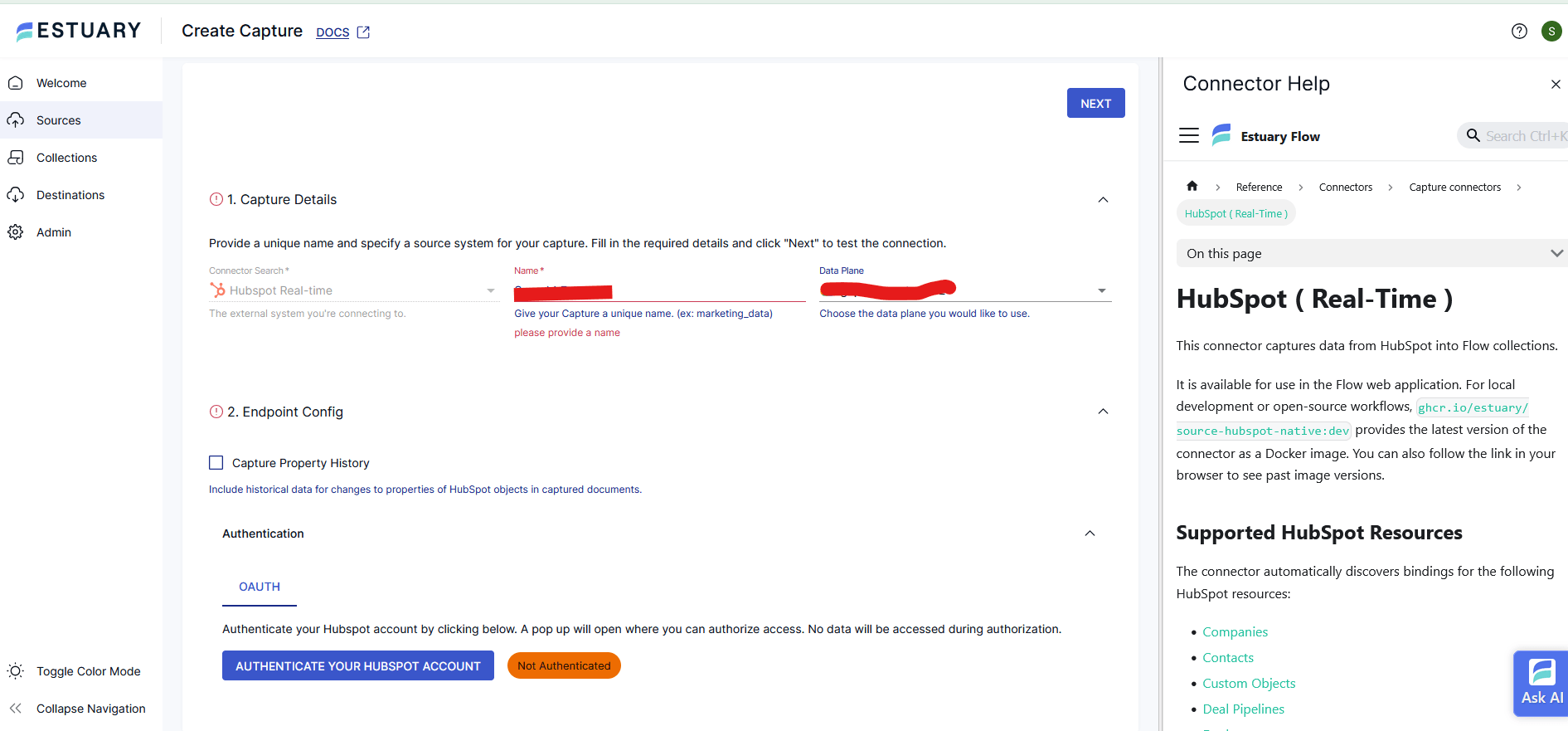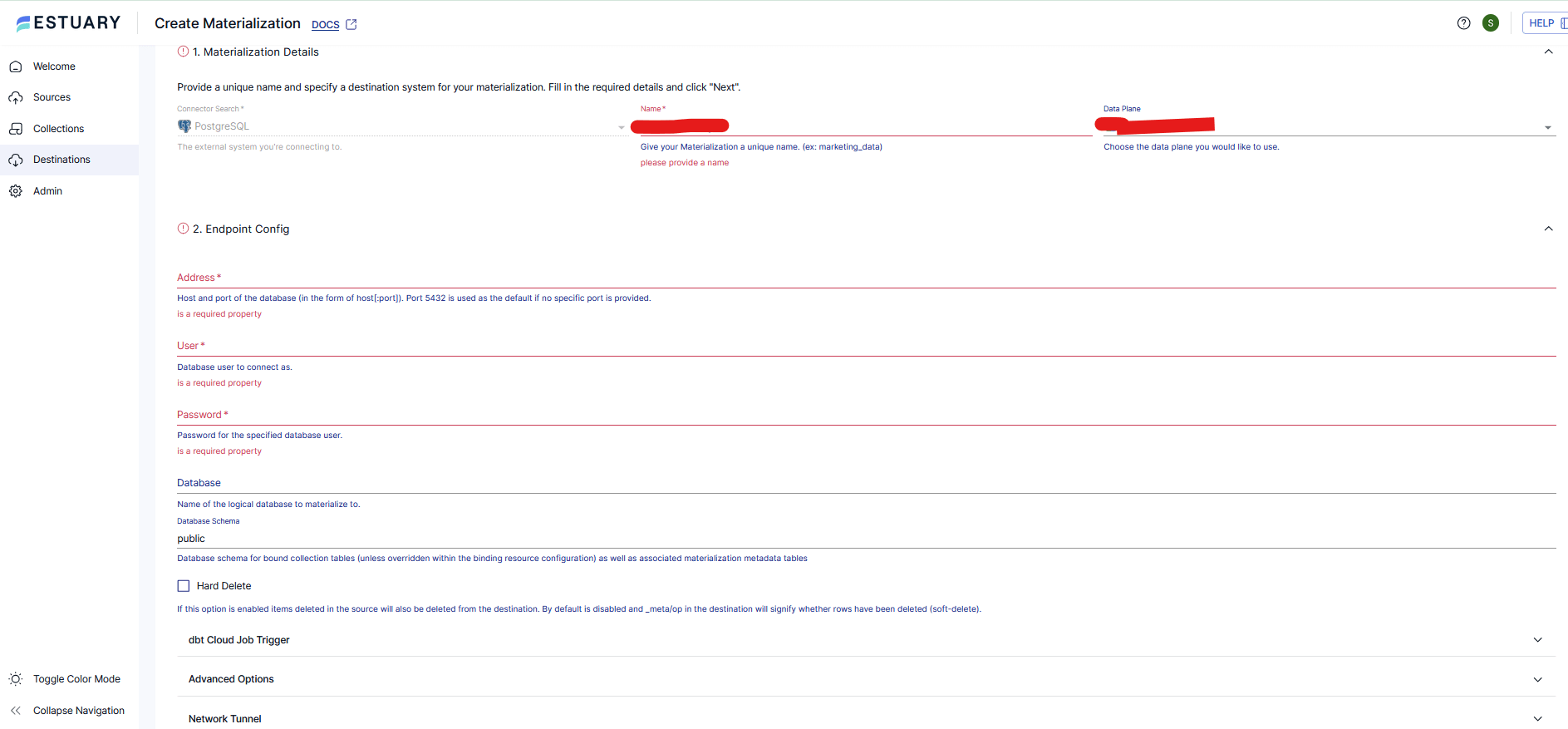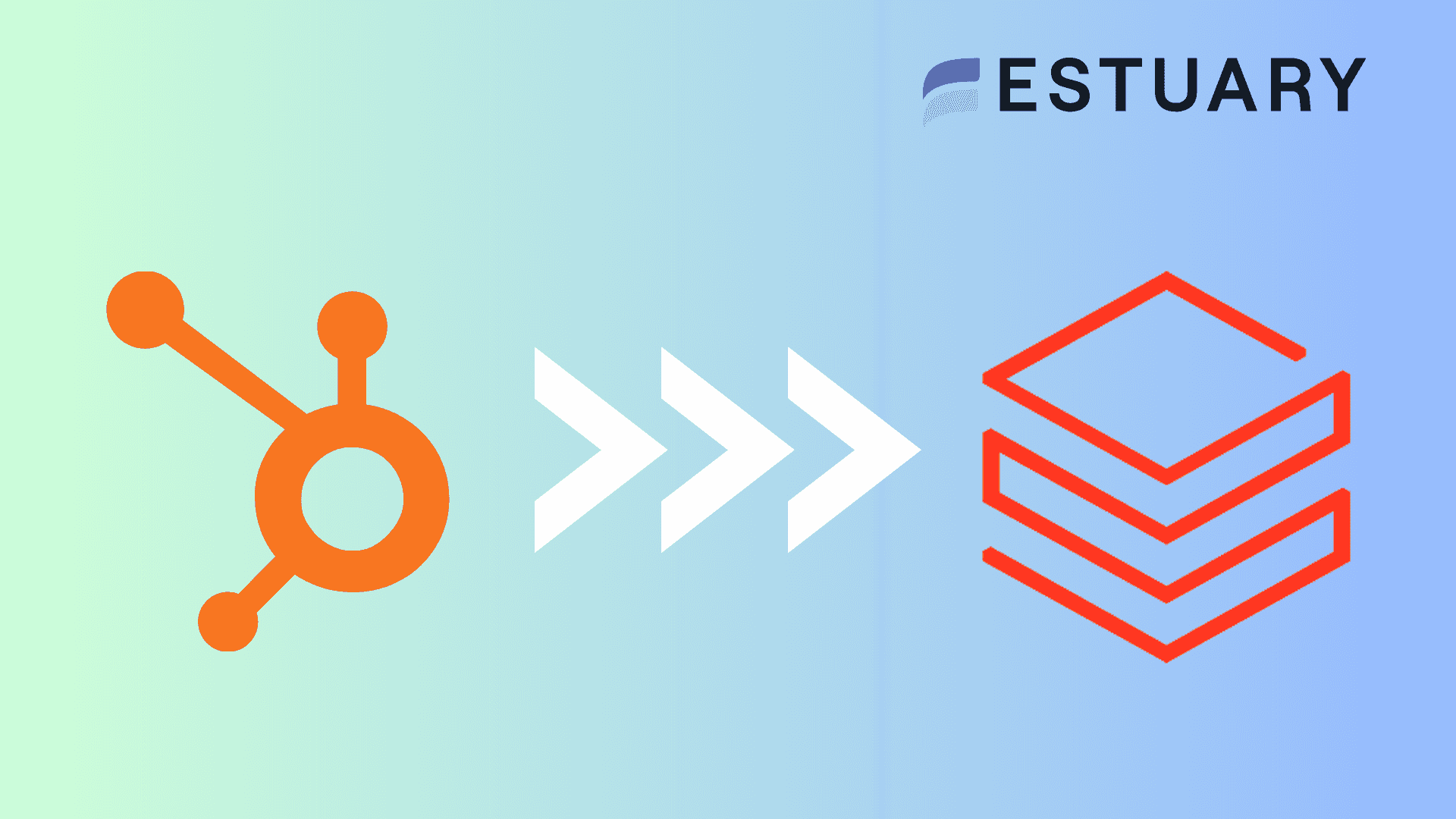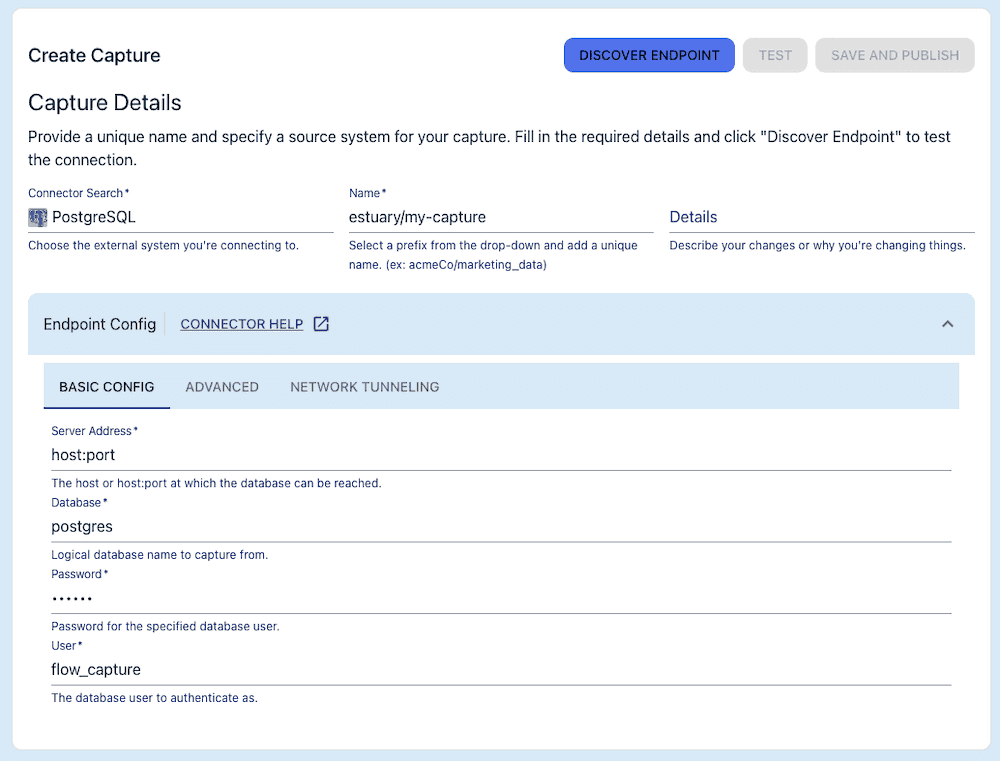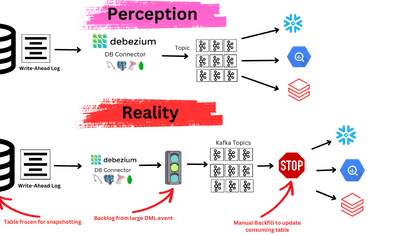
Syncing data from HubSpot to Postgres bridges the gap between your CRM and your operational or analytical workflows. While HubSpot is a powerful system for managing marketing, sales, and customer interactions, it’s not designed for complex querying, relational joins, or powering internal tools. PostgreSQL, on the other hand, is a widely adopted relational database that supports advanced analytics, custom business logic, and integrations across your data stack.
Organizations often want to move HubSpot data into Postgres to:
- Build custom dashboards and reports using SQL
- Enrich product databases with CRM context
- Enable real-time workflows like lead routing or support escalation
- Store historical snapshots for compliance or audit purposes
However, syncing HubSpot with a relational system like Postgres is not as simple as it sounds. The process involves dealing with API rate limits, nested and evolving schemas, and ensuring real-time or near real-time freshness. Traditional batch pipelines often fall short when data latency or system complexity is a concern.
In this guide, you’ll learn the most effective methods to move data from HubSpot to PostgreSQL — from manual CSV exports to using real-time streaming tools like Estuary Flow. You’ll also see step-by-step how to build a reliable pipeline that keeps your CRM and database in sync with minimal overhead.
Key Challenges in Moving Data from HubSpot to Postgres
At first glance, exporting data from HubSpot and importing it into PostgreSQL might seem like a straightforward task. But once you move beyond basic exports or one-time scripts, a series of hidden complexities emerge. These challenges can impact data freshness, schema consistency, and the overall reliability of your integration.
1. API Rate Limits and Throttling
HubSpot enforces strict rate limits on its APIs, especially for free or mid-tier accounts. Exceeding these limits can cause your sync jobs to fail or slow down, particularly during high-volume updates or backfills.
2. Nested and Evolving Data Structures
HubSpot’s CRM model includes deeply nested relationships such as companies, contacts, deals, and custom objects. These entities are linked through associations and often change over time. Flattening and normalizing this data into a relational format suitable for Postgres requires additional logic and ongoing maintenance.
3. Change Detection and Incremental Updates
The HubSpot API does not always expose changes in a way that’s easy to track. Without built-in change data capture or reliable timestamp-based filtering for all entities, many teams resort to polling and deduplication strategies, which can introduce latency or inaccuracies.
4. Schema Drift and Property Changes
As teams evolve their CRM usage, they frequently add or remove custom properties, fields, or object types. A robust HubSpot to Postgres sync must adapt to these schema changes automatically, without breaking downstream systems.
5. Real-Time vs Batch Complexity
One-time exports and nightly syncs may be enough for basic reporting, but modern use cases often demand fresher data. Real-time syncing introduces complexity around retries, consistency, and system throughput that batch pipelines often cannot handle efficiently.
Understanding these challenges upfront is key to choosing the right integration method. In the next section, we’ll explore the most common approaches for syncing HubSpot with PostgreSQL, from manual techniques to real-time pipelines.
Popular Methods to Connect HubSpot to Postgres
There are multiple ways to sync data from HubSpot to PostgreSQL, each suited to different levels of technical expertise, real-time needs, and data volume. Below are the most common approaches used by engineering and operations teams.
Manual Export and Import Using CSV
This is the most basic method. HubSpot allows users to export contacts, companies, and deals as CSV files from the web interface. These files can then be imported into Postgres using SQL commands or GUI tools like pgAdmin.
Pros
- No engineering required
- Fast for small datasets and one-time needs
Cons
- Manual and error-prone
- No support for incremental updates
- Unsuitable for real-time or large-scale operations
Custom Scripts Using HubSpot API
Developers can write scripts in Python, Node.js, or another language to pull data from the HubSpot API and insert it into Postgres. This allows for greater control and automation.
Pros
- Flexible and programmable
- Supports scheduling and custom logic
Cons
- Requires handling authentication, pagination, and retries
- Must manage schema changes manually
- Vulnerable to API rate limits and data inconsistencies
Real-Time Integration with Estuary Flow
Estuary Flow provides a native, real-time connector for HubSpot that streams data directly into Postgres. It automatically handles schema changes, incremental updates, and data normalization without requiring custom code.
Pros
- True real-time sync using HubSpot’s APIs
- Supports a wide range of CRM objects including contacts, companies, deals, tickets, and custom objects
- Built-in schema validation and type mapping to Postgres
- No-code UI and support for secure connectivity, including SSH tunneling
Cons
- Best suited for users looking to move beyond basic exports or batch ETL
In the next section, we’ll walk through a step-by-step setup of a HubSpot to Postgres pipeline using Estuary Flow.
Step-by-Step Guide to Sync HubSpot to PostgreSQL Using Estuary Flow
Estuary Flow provides a low-code, real-time way to connect your HubSpot CRM with a PostgreSQL database. This section walks you through the full process of setting up your data pipeline using Estuary’s HubSpot Real-Time capture and PostgreSQL materialization connectors.
Step 1: Log into Estuary and Navigate to Sources
From the Estuary Flow dashboard, go to the Sources tab and click Create Capture. In the connector search bar, type “HubSpot” and select the HubSpot Real-Time connector.
Step 2: Set Up the HubSpot Capture
- Give your capture a unique name like hubspot_contacts_pipeline
- Select the appropriate Data Plane for your workspace
- Authenticate your HubSpot account by clicking Authenticate Your HubSpot Account. A popup will guide you through OAuth2 login and authorization
- Optionally enable Capture Property History if you want to include changes over time to CRM fields
- Click Next to proceed and save the configuration
Once connected, the HubSpot connector will auto-discover resources like Contacts, Companies, Deals, Tickets, Products, Custom Objects, and more. You can then choose which objects to sync into Flow collections.
Step 3: Navigate to Destinations and Set Up Postgres Materialization
Now that your HubSpot data is flowing into Flow collections, navigate to the Destinations tab and click Create Materialization. In the search bar, type “PostgreSQL” and select the base PostgreSQL connector. This option supports real-time materialization and is compatible with all major PostgreSQL services including RDS, AlloyDB, and TimescaleDB.
Step 4: Configure the PostgreSQL Destination
- Provide a name for your materialization such as hubspot_to_postgres
- Choose the same Data Plane as your capture
- Enter the following required configuration details:
- Address: Your database’s host and port in the format host:port
- User: The username for your Postgres instance
- Password: The corresponding password
- Database: The name of the target database
- Optional settings:
- Schema (defaults to public)
- SSL Mode (use verify-full for services like Neon or enable advanced options if needed)
- Enable Hard Delete if you want Flow to remove records in Postgres when they are deleted in HubSpot
Click Next to bind the Flow collections from your HubSpot capture to tables in PostgreSQL. You can name the destination tables or let Flow generate names automatically.
Step 5: Activate the Pipeline
Once configuration is complete, deploy the capture and materialization. Estuary Flow will begin streaming data from HubSpot to Postgres in real time. Changes made in HubSpot are automatically reflected in your database within seconds.
You can monitor pipeline health and data throughput from the Flow dashboard. Schema updates and API sync intervals are managed by Flow behind the scenes.
Real-Time Use Cases for HubSpot to Postgres Integration
Once your HubSpot data is streaming into PostgreSQL in real time, the possibilities for operational and analytical use cases expand significantly. Unlike manual exports or hourly syncs, a real-time integration enables dynamic responses to CRM changes across your systems.
Powering Customer Dashboards and Internal Tools
You can feed live CRM data into internal tools, dashboards, and portals that are backed by PostgreSQL. For example, support agents can access up-to-date customer details, ticket statuses, and engagement history without logging into HubSpot.
Enriching Product Databases with CRM Intelligence
If you maintain a user database in Postgres, syncing HubSpot objects like contacts, deals, or lifecycle stages allows you to enrich product-level records with sales and marketing context. This makes it easier to personalize onboarding, trigger upgrade workflows, or monitor key accounts.
Real-Time Lead Routing and Scoring
Sales teams often rely on immediate visibility into new leads and updates. With HubSpot to Postgres streaming, your scoring models and lead routing logic can run directly against fresh CRM data using SQL or integrated machine learning models.
Syncing with BI and Analytics Tools
Tools like Metabase, Superset, and Redash can connect to PostgreSQL to build real-time dashboards that track deal flow, campaign performance, and sales team KPIs. Since data lands in Postgres within seconds, your reports always reflect the current state of your pipeline.
Simplifying Compliance and Audit Trails
Storing snapshots of HubSpot data in Postgres provides a centralized, queryable source of truth. This supports compliance audits, historical analysis, and regulatory reporting without relying on HubSpot’s interface or API.
In the next section, we’ll explore best practices to ensure your HubSpot to Postgres sync remains stable, efficient, and adaptable as your data grows.
Best Practices for a Reliable HubSpot to Postgres Integration
To keep your HubSpot to Postgres pipeline stable and performant over time, it’s important to follow best practices that account for evolving schemas, data consistency, and system scale. These tips will help you maintain a high-quality integration that adapts to real-world changes.
Use Incremental Sync Wherever Possible
Avoid pulling full datasets on every sync. Estuary Flow automatically tracks changes in HubSpot using resource-specific strategies and updates only what has changed. This minimizes API calls, reduces latency, and improves throughput.
Normalize Nested Data into Relational Tables
HubSpot data often contains nested JSON fields or associations. Collections like Contacts, Companies, and Deals should be flattened and split into normalized tables for use in SQL queries. Estuary Flow’s capture schema makes it easy to model these relationships in your destination database.
Handle Soft Deletes Intelligently
By default, Estuary uses soft deletes by tagging removed records with metadata. If your use case requires hard deletes from Postgres, enable the Hard Delete option in the materialization config, but be aware of the irreversible nature of this setting.
Monitor and Alert on Pipeline Health
Use Estuary’s monitoring UI or integrate metrics into your observability stack to track ingestion lag, errors, and throughput. Catching sync issues early prevents downstream problems in analytics or automation workflows.
Plan for Schema Drift
As new fields are added to HubSpot objects, your pipeline should handle schema changes without downtime. Estuary automatically detects and applies schema updates to Flow collections. Review changes before deployment and validate them against your database schema.
Secure Your Database Connection
When materializing to a cloud-hosted PostgreSQL instance, ensure your connection uses strong encryption. Estuary supports SSL mode settings and SSH tunneling for private connectivity with platforms like AWS, Azure, GCP, and Neon.
Set Up Controlled Backfills
If you need to sync historical data into Postgres, use Estuary’s backfill mode rather than exporting manually. This ensures consistency, respects rate limits, and avoids partial data loads.
Following these practices will help you scale your integration confidently as your data volume and CRM complexity increase. Next, we’ll briefly look at alternative destinations if Postgres isn’t your final storage layer.
Alternatives to PostgreSQL for HubSpot Data
While PostgreSQL is a popular choice for syncing CRM data, it's not the only destination that teams may consider when moving data from HubSpot. Depending on your use case, architecture, and preferred analytics stack, there are several other systems that can serve as effective targets.
- BigQuery: Google BigQuery is a cloud-native data warehouse designed for fast SQL analytics over large datasets. If your team is already operating within the Google Cloud ecosystem, syncing HubSpot to BigQuery enables you to run large-scale aggregations, joins, and visualizations without managing infrastructure.
- Snowflake: Snowflake’s elastic compute and separation of storage make it ideal for scalable analytics. Teams often sync HubSpot data into Snowflake to join with product usage data, finance records, or campaign logs and create unified customer profiles.
- Amazon Redshift: Redshift supports HubSpot data integration for AWS-first environments. It performs well with structured CRM data and works seamlessly with services like Amazon QuickSight, AWS Lambda, and Step Functions for downstream processing.
- ClickHouse and Real-Time OLAP Systems: Tools like ClickHouse or Tinybird are gaining popularity for sub-second query performance over event-style CRM data. If your goal is building low-latency dashboards or embedded analytics, syncing HubSpot data into a columnar engine may offer better performance than traditional row-based systems.
Estuary Flow supports many of these destinations through native materialization connectors. If your stack includes one of these tools, the same capture configuration can be reused to stream HubSpot data wherever it’s needed.
Conclusion
Moving data from HubSpot to PostgreSQL unlocks a wide range of operational and analytical possibilities. Whether you're building internal tools, triggering workflows, or powering dashboards, having real-time CRM data in a structured database gives your team more control, speed, and visibility.
While manual exports or batch ETL tools can offer a starting point, they fall short when it comes to data freshness, reliability, and adaptability. Estuary Flow solves this by providing a fully-managed, no-code pipeline that streams HubSpot data to Postgres in real time. It handles authentication, schema changes, nested objects, and incremental updates for you.
If your team needs a modern way to operationalize HubSpot data without writing complex scripts or dealing with fragile pipelines, Estuary Flow offers a reliable and scalable path forward. You can set it up in minutes, and start syncing CRM data where it’s needed most.
Start syncing your HubSpot data to PostgreSQL in minutes
Estuary Flow makes it easy to build real-time pipelines without writing a single line of code. Get Started Free →
FAQs
What happens if HubSpot deletes a record?
What if I want to sync HubSpot to multiple destinations?

About the author
Team Estuary is a group of engineers, product experts, and data strategists building the future of real-time and batch data integration. We write to share technical insights, industry trends, and practical guides.

